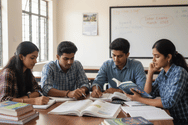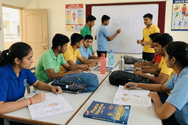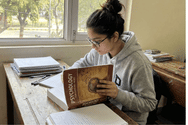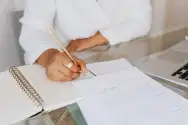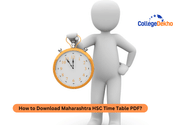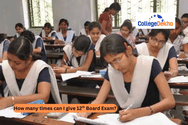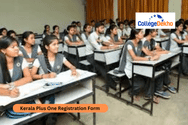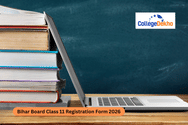
Never Miss an Exam Update
CBSE Class 12th Political Science Chapter 6 - The Crisis of Democratic Order: In CBSE Class 12th Political Science syllabus, “The Crisis of Democratic Order” is an important chapter in Part B. The chapter provides students details about the Background to Emergency, under which they will learn about the Economic Context, Gujarat and Bihar Movements, The Naxalite Movement, Railway Strike of 1974, Conflict with Judiciary. Then, they will read about the Declaration of Emergency. The topic will introduce them to the Crisis and Response, and Consequences. Further, they will be introduced to Controversies regarding Emergency, Lessons from Emergency, Politics after that, Lok Sabha Elections, 1977, Janata Government and Return of Congress. All the important events are included in this chapter. The students can go through them in detail and learn everything about the past events.
Through the chapter, students will learn about the important terms such as Emergency, Press-censorship, Preventive Detention, Marxist-Leninist, Twenty Point Programme, and Satyagraha. The students will find questions of 1 mark, 2 marks, 4 marks, and 5 marks. According to the marks, students will have to write the answers. They will have to add all important points in the answers. Focusing on the question, students should include all the relevant points in answers.
Check out the important questions related to the chapter. In the board exam, similar types of questions can be expected. Before going for the exam, students can solve the questions given below. The following questions are asked for different marks.
Q.1 - In January 1974, Students of Gujarat started an agitation against which two major problems? (1 mark)
Q.2 - Mention circumstances to be characterised for imposition of emergency? (2 marks)
Q.3 - How far do you agree that the government had misused its emergency powers during 1975-77? Explain. (4 marks)
Q.4 - When was the emergency imposed? Who recommended emergency to be imposed and to whom? Mention the implications of an emergency. (5 marks)
Q.5 - Analyse any three reasons for imposing emergency on 25 June 1975. Did the government misuse its emergency powers? Give any three arguments in support of answers. (6 marks)
Are you feeling lost and unsure about what career path to take after completing 12th standard?
Say goodbye to confusion and hello to a bright future!

Was this article helpful?














